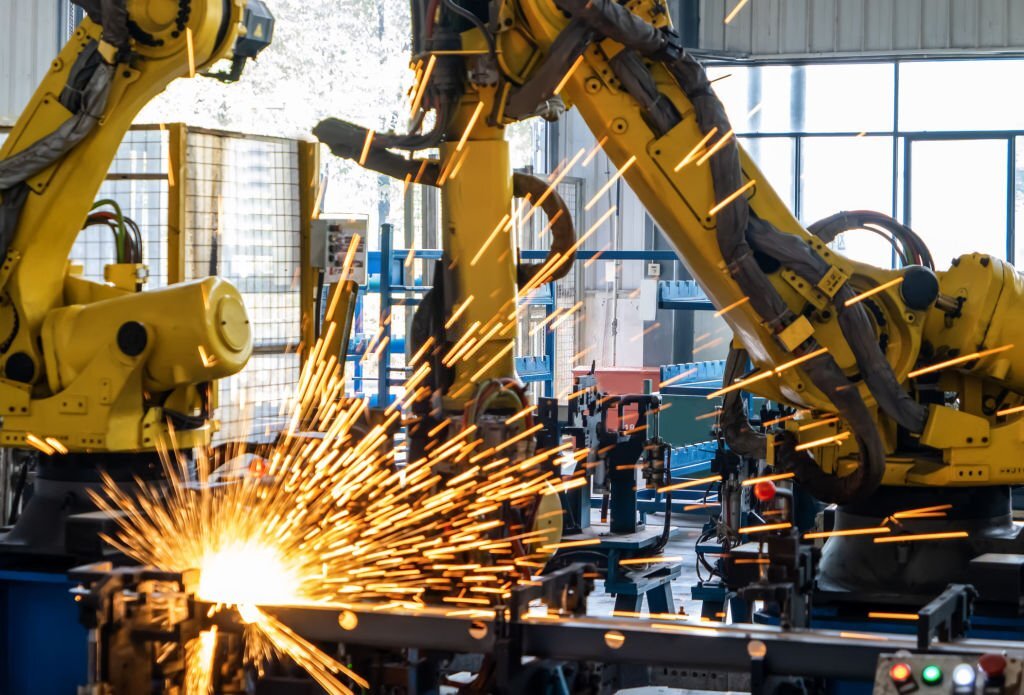
Industrial machinery forms the backbone of modern manufacturing processes, enabling efficient and precise operation in various industries. Understanding the key components that power industrial machinery is essential for comprehending their inner workings. This article unveils the essential elements that contribute to the efficient and reliable performance of industrial machinery, including motors, control systems, actuators, sensors, and power transmission.
Motors
Motors are the heart of industrial machinery, converting electrical energy into mechanical power to drive the machine’s movements. Electric motors, such as AC (alternating current) motors and DC (direct current) motors, are commonly used in industrial applications. The motor size, type, and specifications are selected based on the specific requirements of the machinery and the tasks it performs. Motors provide the primary power source, allowing for the rotation of shafts, movement of components, and operation of various mechanical systems within industrial machinery.
Control Systems
Control systems govern the operation and performance of industrial machinery. These systems consist of electronic and software components that monitor and regulate machine functions. Programmable Logic Controllers (PLCs) are widely used in industrial machinery to control and coordinate the actions of different components. PLCs receive input from sensors and issue commands to actuators, ensuring precise and synchronized movements. Control systems play a crucial role in automating processes, enabling seamless coordination, and optimizing the efficiency of industrial machinery.
Actuators
Actuators are devices that convert energy into mechanical motion. These components translate signals from the control system into physical actions, such as linear or rotary movement, to perform specific tasks. Examples of actuators used in industrial machinery include hydraulic cylinders, pneumatic cylinders, electric motors, and solenoids. Actuators are responsible for driving the motion of robotic arms, opening and closing valves, adjusting positions, and actuating various mechanical operations within industrial machinery.
Sensors
Sensors are instrumental in monitoring and providing feedback on the performance and condition of industrial machinery. They detect physical variables such as temperature, pressure, speed, position, force, and presence. Sensors transmit data to the control system, allowing for real-time monitoring, feedback control, and adjustments. Common types of sensors used in industrial machinery include proximity sensors, pressure sensors, temperature sensors, encoders, and accelerometers. Sensors enable precise control, error detection, safety monitoring, and optimization of performance in industrial machinery.
Power Transmission
Power transmission components facilitate the transfer of mechanical energy from the source (such as motors) to various parts of industrial machinery. These components ensure the efficient distribution of power and the transfer of motion to drive different machine operations. Common power transmission components include belts, pulleys, gears, chains, shafts, and couplings. They transmit torque, regulate speed, and enable the synchronized movement of different parts within the machinery. Proper power transmission ensures smooth operation, precise timing, and efficient utilization of energy in industrial machinery.
Conclusion
Industrial machinery relies on a variety of key components that work together to ensure efficient and precise operation in manufacturing processes. Motors provide the primary source of mechanical power, control systems govern machine functions, actuators translate commands into physical motion, sensors monitor performance and provide feedback and power transmission components distribute power and drive movements. Understanding the roles and interactions of these essential components allows for a deeper appreciation of the inner workings of industrial machinery. By leveraging these key components, manufacturers can optimize performance, enhance productivity, and drive innovation in modern industrial processes.

